Stephanie Lentell is a mom of four living in Port Orchard, Washington. Knowing CPR became a matter of life or death when her son, Michael, collapsed from cardiac arrest. Here she recounts her story — and proudly shows off her Heartsaver course completion cards, which she wants all of her friends and family to have, too.
On November 26, 2017, I lived every parent’s nightmare. I was asleep in bed when I woke to the sound of my husband Brion’s voice in the hall; it was concerned and panicked. “Michael, come on buddy. Wake up.” I went out to check if everything was okay, only to see my husband holding the limp and unresponsive body of our four-year-old son.
Michael’s face was grey. He was taking a single breath every 10-15 seconds. He would not wake. Brion called 9-1-1, and I began CPR. I continued until EMS arrived and took over, moving at an incredible speed. Michael had no pulse. A shot of epinephrine was delivered to his heart, without effect. It took a shock from an AED to finally restore his heartbeat.
Within minutes, Michael was intubated and bagged, stabilized for transport, loaded into the ambulance and whisked to Mary Bridge Children’s Hospital. Brion and I looked on in a whirlwind of emotion, watching our little boy cling to life.

Michael had experienced cardiac arrest. He was only four, and his heart had stopped. At the hospital, he was placed on life support as the doctors looked for a cause. The next day, our Miracle Michael awoke, asking for “mommy” and “juice.” Incredibly, he was going to be OK.
EKG results finally gave the doctors a lead on Michael’s condition: Long QT Syndrome (LQTS). What this means, they explained, is that the time it takes for his heart to re-polarize after pumping is too long. The difference is milliseconds, but the effects can be fatal. As one of the Sudden Arrhythmic Death Syndromes (SADS), the first symptoms of LQTS are often fainting and sudden death from cardiac arrest.
Michael spent 18 days in the hospital and underwent surgery to have an Implantable Cardioverter Defibrillator (ICD) placed, which will shock his heart should it go into an arrhythmia.
Miracle Michael is home now, with a lifelong journey ahead of him. He will have to live with limitations other children won’t have, and our family will have to adjust to this new normal. But he is STILL HERE. This could have ended so differently.
CPR saved Michael’s life. CPR kept his heart pumping until EMS arrived and was able to resuscitate him.
I’m sharing our story in hopes to not only bring awareness of SADS, but to also bring awareness to the absolute necessity of being trained in CPR. I first learned CPR in a class in high school, and since November I have helped more than 50 of my family and friends learn CPR through the American Heart Association. I am now working with our local school board to schedule training for our public school teachers as well as completing a CPR Instructor course.
Every person needs to learn CPR. I was able to save my own son’s life because of it. You may never need it, but if the moment ever comes where you do it will mean everything.
